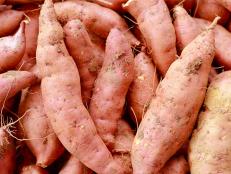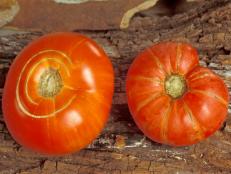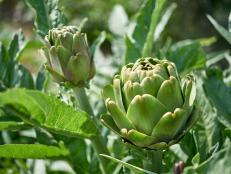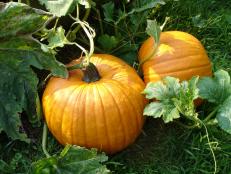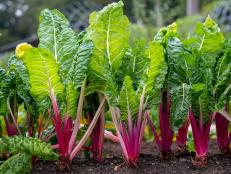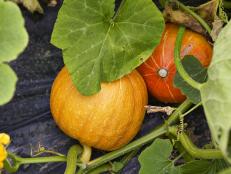How to Grow Peas
Peas are a can't-fail, early spring pleasure. Learn how to add these edible beauties to your vegetable garden.
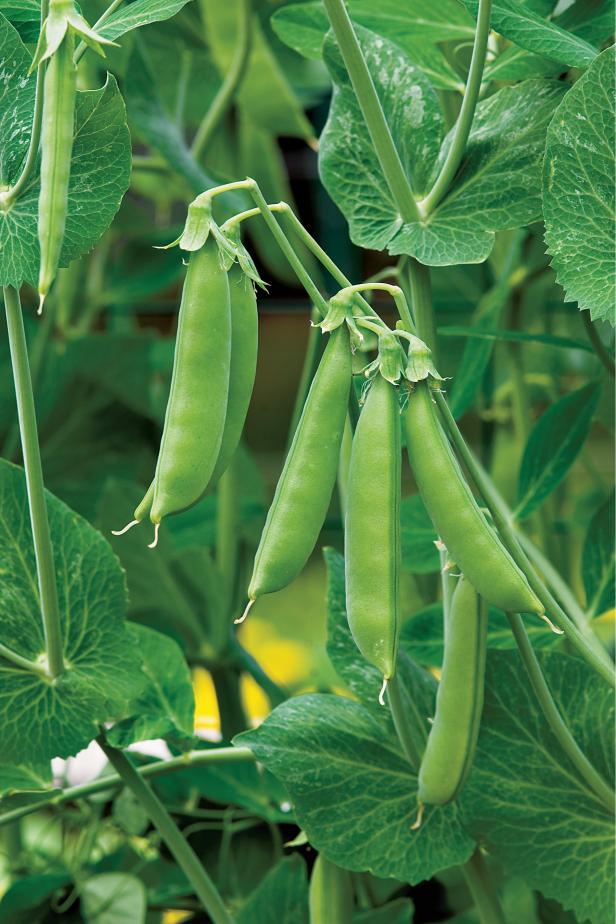
Image courtesy of W. Altee Burpee & Co.

Planting peas is one of the pleasures of spring —few cool-season vegetables can beat their fresh, sweet flavor. Since they’re frost hardy, they’re also one of the first crops we can plant, and it’s a good idea to sow them as soon as the ground can be worked.
Peas are generally classified as garden or English peas, and edible-podded or sugar peas. Snap peas and snow peas fall into the edible-podded group.
Snap peas are snapped and eaten unshelled. Snow peas, which have flat and tender pods, are not snapped, but they’re also often eaten unshelled, before the peas have time to mature and “fatten up.”
(Southern peas, which are warm-season vegetables, are planted later in the season, and are also known as cowpeas, crowder peas, black-eyed peas, purple hulls or field peas.)
To help you decide which kind of cool-season peas to plant, consider how you want to use them: for shelling, snapping, drying or freezing.
Shelling peas (Pisum sativum) are probably the most popular kind of peas. They’re best sown when the temperatures range from 45 to 70 degrees F and can go into the ground before the last spring frost.
Growing Peas
To help your dried pea seeds germinate, soak them overnight. Then plant them 1 to 1 1/2 inches deep and 2 to 3 inches apart in double rows.
Leave 1 to 2 feet between the rows for dwarf varieties and 3 feet between for bigger varieties. If you’re using trellises to support tall varieties, space the rows roughly 4 to 6 feet apart so you’ll have room to work in your pea patch.
Peas need soil with a pH of 5.5 to 6.8 that drains easily, and full to partial sun. If your garden spot stays constantly soggy, try growing peas in raised beds. Loosen the soil and work in plenty of good compost.
To extend your harvest, plant both early and late varieties, or sow more seeds every few weeks. For a fall crop, plant two months before the first expected frost.
Shelling peas are ready to harvest when the pods feel plump and filled out. Snap types are usually ready to pick soon after the flowering stage. For the best flavor, pick your snaps before the peas inside are fully mature.
Snow peas are also ready to harvest soon after flowering, while the pods are still flat. The sugar in peas starts turning to starch soon after they’re picked, so cook or process them within two to three days after harvesting.
Types of Peas to Grow
‘Mammoth Melting’ sugar pea — Known for its thick, tender pods filled with creamy white peas, this variety is ready to harvest about 65 days from sowing. This is one of the largest and sweetest sugar pea types.

Image courtesy of W. Atlee Burpee & Co.
'Mammoth Melting' sugar pea is a very large, sweet edible-podded pea, or snow pea. Sow the seeds in early spring and again in midsummer for a fall crop. This heirloom variety is great for eating fresh or freezing.
‘Amish Snap’ — Introduced by Amish immigrants from Europe, this heirloom variety produces 6-foot vines that need trellising. The pods are tender and crisp.
‘Dwarf Gray Sugar’ — This early, edible-podded pea can be traced back to the 1770s. The bushy vines grow about 2 feet tall and produce light green pods that mature in 75 days. Try this variety in Asian recipes.
‘Lincoln’, also known as ‘Homesteader’ — Northern gardeners are usually successful with this dwarf variety. The vines grow 18 to 30 inches long and bear easy-to-shell, slender pods packed with cream-colored peas. They’re sweet and tender, good for eating fresh or freezing.
‘Wando’ – This variety produces medium-sized peas on 30-inch vines and stays productive even when sown late in the growing season. Nicknamed the “hot weather pea,” it’s recommended for southern and coastal gardens.
Tall pea plants should to be staked or trellised to keep them off the ground and help expose the leaves to the sun. Water your plants regularly and thoroughly, and mulch them to help retain moisture in the soil and hold down weeds. And remember what your mother said: Eat your peas. They’re packed with good-for-you fiber and nutrients.

.-Battle-on-the-Beach-courtesy-of-HGTV.-.jpg.rend.hgtvcom.196.196.suffix/1714761529029.jpeg)




